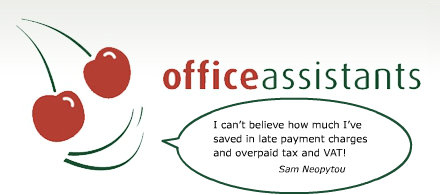With the Coronavirus Job Retention Scheme (CJRS) coming to an end at the end of October 2020, many businesses and employees are all wondering what will happen next.
Currently, as of 1 September, the CJRS is paying 70 per cent of the wages of furloughed workers, up to a cap of £2,187.50, with employers required to top up the wages so that workers receive 80 per cent of their wages up to £2,500. Employers have also had to cover National Insurance and pension contributions since 1 August.
From 1 October, the government will pay 60 per cent of wages up to a cap of £1,875, again with employers required to top up to 80 per cent to a cap of £2,500. Employers can, at their own expense, top up staff wages above the 80 per cent total and £2,500 cap if they choose.
Once the furlough scheme ends on 31 October 2020, the government will offer the following:
- £1,000 for every worker who has been furloughed and then kept in employment until at least the end of January 2021
- £1,500 for every out-of-work 16-24 year old who is placed in a high quality 6-month work role
- £2,000 for every under 25 year old apprentice taken on until the end of January 2021, or £1,500 for over 25s
For employers with workers still on furlough, they will face four choices:
- Bring employees back on their regular hours
- Bring back employees on agreed reduced hours
- Continue the furlough, but cover the costs themselves
- Consider redundancies
For those employers who are confident they are able to return to near-normal trading conditions, at least in the short term, the first option would make a viable choice.
For those who wish to reduce the working hours of employees, they will need a clear reason, and must advise the workers concerned in writing.
Employers considering keeping staff furloughed but covering the costs themselves should look at the original furlough terms for each member of staff. If the terms did not include a specified end date, then it is possible to keep staff furloughed on the same terms as the CJRS. However, if there was a specified end date, then employers will need to discuss a new arrangement with their staff.
Whilst a number of countries have imposed restrictions on redundancies, no such conditions currently apply in the UK. This means that employers are free to go ahead and make cuts. The usual redundancy rules will apply, including formal notice, and viable reasons for the action.
As of 30 July, furloughed workers who lose their jobs are entitled to receive redundancy pay in line with their regular wages, rather than at the reduced furlough rate.
Firms making more than 20 people redundant, but fewer than 100, must commence collective consultation on the redundancies a minimum of 30 days ahead of giving notice to employees.
Job Retention Scheme Help from Office Assistants
If you are looking for help in navigating your way around the changing CJRS rules, or are not sure what to do once the scheme ends on 31 October, you are welcome to get in touch with the team here at Office Assistants.
To date, we have claimed hundreds of thousands of pounds in government support funds for our clients. We look forward to being of assistance to you too.





